Heavy Haulers – PWC Storage Options

Sea-Doo, Yamaha and Kawasaki all offer impressive storage solutions. Here’s how they stack up…literally and figuratively.
PWC riding has changed a lot in recent years. Most notably, more people are venturing longer distances, exploring beyond the convenience of gas docks, and overnighting along the way. As a result, storage — typically covered with generous bow compartments — now often falls short of the adventurous riders needs.
Manufacturers have taken note. Aft platforms have received the brunt of the attention, with deck extensions and cargo mounts becoming increasingly common. But how much can a PWC actually haul, and how easy is that gear to deal with? We looked at storage solutions from Sea-Doo, Yamaha and Kawasaki to see just how well each manufacturer handles today’s increasing loads.
Sea-Doo

Sea-Doo arguably started the trend of hauling copious amounts of gear with the addition of their platform-mounted LinQ accessory cleats, so let’s start with the Explorer Pro. Now available in two versions — a naturally aspirated 170hp version and supercharged 230hp model — the Explorer Pro’s storage is centered around two primary areas, the 25.3-gallon front storage compartment (that uniquely opens directly in front of a seated rider) and an extended aft deck. The nearly 12-inch-deep deck extension includes three sets of LinQ cleats, waiting to be pulled up from their recessed position to anchor multiple accessories. Between the extension and the saddle, Sea-Doo also adds a removable Multi-Cargo Rack, essentially a plate with another set of LinQ mounts and multiple tie-down points. The combinations on this combined real estate can be dizzying, but common setups include five gas caddies for those looking to seriously extend the boat’s range, a cooler/gas caddy/storage bag combo, or large cooler on the extension with a mix of gas caddies and/or storage containers forward. Some accessories also have the option to be stacked, further increasing the boat’s capacity. The list of LinQ accessories is impressive – large and small gear bags, cooler extensions, fuel caddies, backpacks and more. Standard on the boat is the 26.5 LinQ Explorer bag. One catch? LinQ accessories are notably more expensive than their non-LinQ counterparts. A very cool plug-n-play concept, but keep in mind you pay for the convenience.
Yamaha

In addition to its 44.5-gallon total storage capacity on FX models and 30-gallon storage capacity on VX craft, Yamaha opts for an optional bolt-on platform, the RecDeck ($1,134), to supersize its biggest haulers. A deep, traction-mat-covered, roughly 6-foot-square deck that features four mounting points and includes a boat-style, telescoping stainless-steel boarding ladder that slides out from below, the RecDeck covers and extends the existing aft platform. One advantage right off the top? The platform is available for both FX and VX models, and can be retrofitted to craft as early as the 2019 FX and 2021 VX/GP. RecDeck’s can anchor an interesting array of accessories, not just coolers, storage bags or gas caddies, but also a Multi-Use Rack and Lounge package. The former is a convenient way to raise and secure a cooler that anchors one of two fishing packages. (Coolers can also be mounted directly to the deck itself sans rack.) The rack’s expandable width can stretch up to 28.5 inches. Rodholders and cupholders can be added to the rack frame. Track mounts integrated into the deck are also ready to mount additional accessories. As to the latter, it literally adds an aft-facing, fold-down-back, 26-inch wide bench seat with insulated saddlebags attached at each armrest, offering a great spot to kick back when fishing or coving.
Kawasaki

Kawasaki likewise offers a rear deck extension to complement its Ultra 310 models’ spacious front storage and side-opening compartments, which combine to offer 44.5 gallons of total capacity. The Ultra Deck is likewise a bolt-on extension but integrates nicely atop the existing aft platform, adding 200mm (roughly 8 inches) to the length of an Ultra’s aft deck. Like Yamaha, the Ultra Deck can be retrofitted to previous models, in this case Ultra 310 craft dating back to 2022. Accessories mount via the Multi-Mount track system, a recessed groove in the deck surface which can accommodate items like tie-down eyelets for securing generic gear, along with the Kawasaki-specific 27-liter Stern Bag or the Ultra Cargo Rack. The latter is essentially a skeletal framework consisting of plastic sides and aluminum rails that can accommodate a 40-quart cooler, store gas cans, mount Rotopax-compatible accessories like gas cans on each side, and adds integrated rodholders. A cargo net strapped over the top promises to contain as well as accommodate additional gear. All good in theory, but not necessarily in practice. User reviews of the Cargo Rack have been pretty brutal and we have to say they’re pretty spot-on. The mounting hardware leaves exposed threaded bolts where feet often tread, the cooler does not secure within the box but rather loosely wobbles in rough water, and the cargo net doesn’t provide the tension required to secure items within. All seemingly could be fixed, resulting in a pretty good storage option, but in its current iteration we can’t recommend it.
Handling Quirks
One point to stress it that any of these craft, when loaded heavily, will handle differently. With weight positioned primarily at the stern, bows will ride higher and hulls will wander more, particularly at slower speeds. Handling response may also be slowed and, in some cases, become less predictable. Spend a few minutes getting used to how your PWC handles the load before venturing out.
Final Impressions…And A Clear Favorite
It’s important to note that, unless you’re a really hardcore gear junkie, most buyers will likely not want to base their buying decision solely on the craft’s cargo potential. The overall ride, performance, and other features will likely play a bigger role in whether an individual craft is for you.
Likewise, all of these solutions work, allowing you to haul far more gear and in turn make things like long-distance cruising, overnight camping and true expedition-style riding a reality.

That said, when it comes to cargo hauling, Sea-Doo holds a decided advantage. The sheer depth of available accessories, the simplicity of the LinQ mounting system and the way everything is designed to work seamlessly together is unparalleled. Yes, those accessories can be pricey, but as of now they provide the best overall user experience.
And when you’re trying to haul a lot of gear on a 12-foot long, 4-foot wide personal watercraft, that can make all the difference.
Get PersonalWatercraft.com in your Inbox!
Like PersonalWatercraft.com on Facebook
Comments
Most Popular

2025 Yamaha JetBlaster PRO 2-Up Review

Remembering the Sea-Doo XP

2024 Kawasaki Jet Ski STX 160X Review

2017 Kawasaki Jet Ski Ultra 310LX Review

Whatever Happened to the Wetbike?

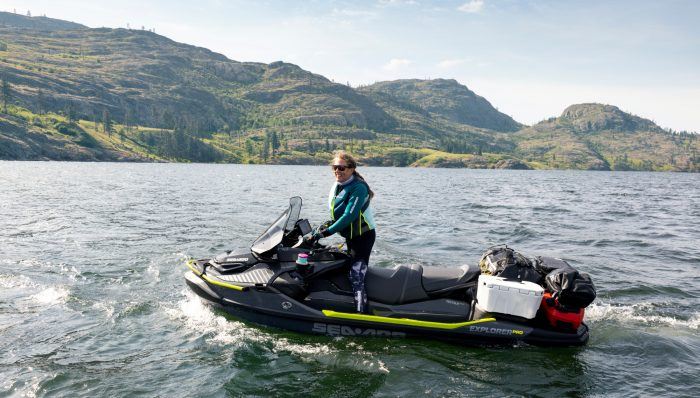
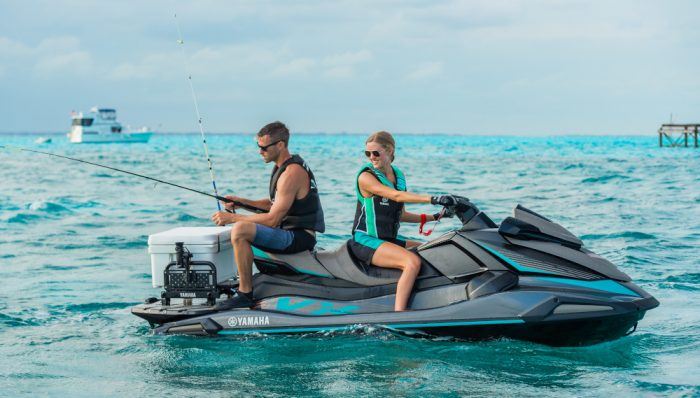
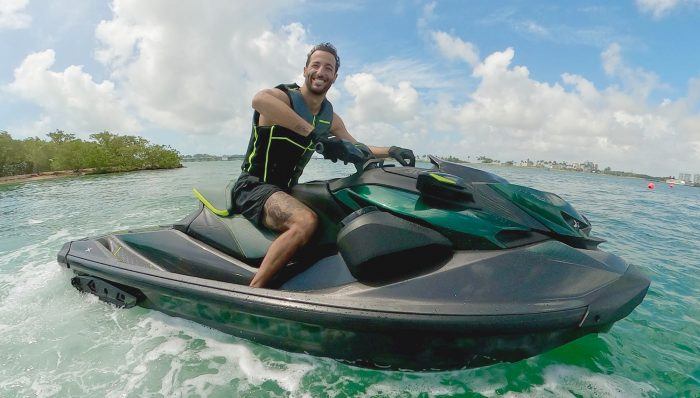


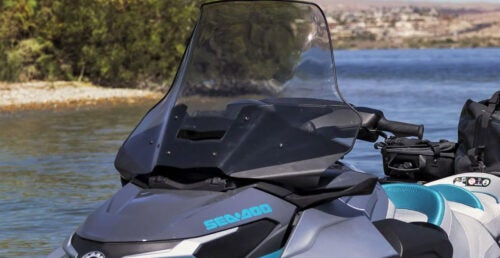
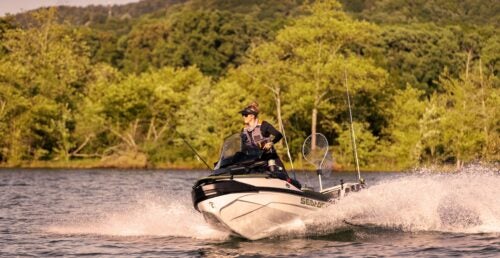


 Your Privacy Choices
Your Privacy Choices